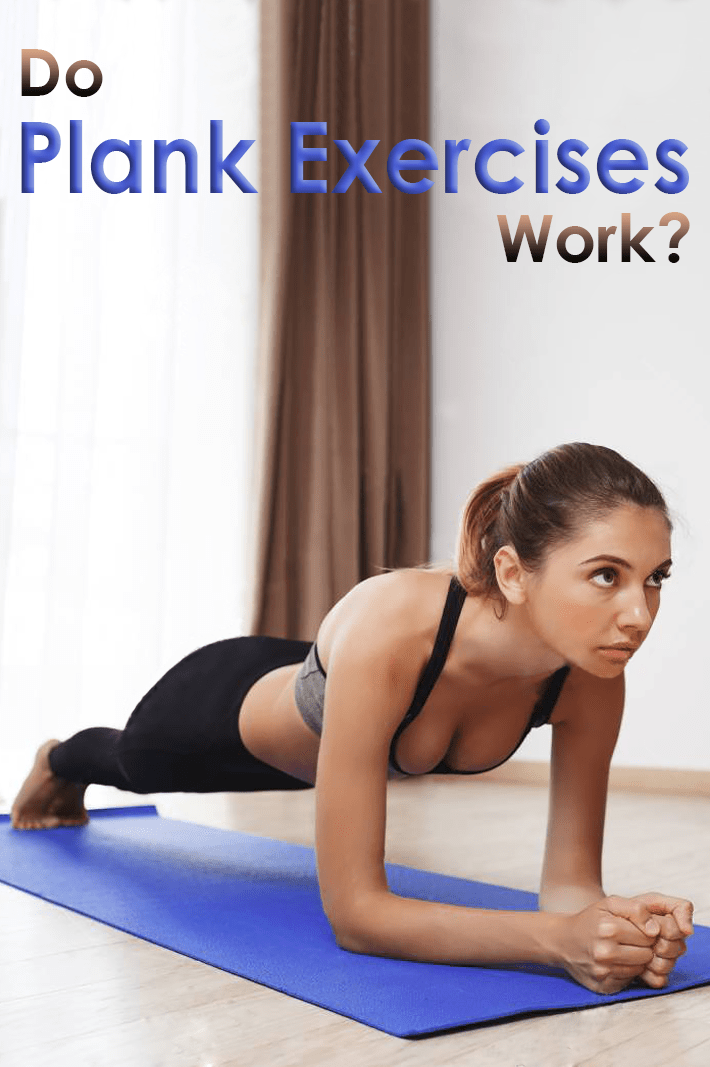
This static exercise works just about every muscle in your body
The plank is an exercise that works the body’s core, specifically the abdominal muscles and lower back. The exercise is traditionally performed as part of yoga and Pilates regimens but is effective for anyone looking to improve core strength and balance. Performing a plank requires no equipment; body weight and gravity provide sufficient resistance.
Performing the Plank
While there are infinite variations on the plank, the basic exercise starts in the standard push up position – face down, hands shoulder-width apart directly below the shoulders, feet together with the weight supported on the toes. Arms should be straight, and the back should be flat; when the plank is performed correctly, the body should appear straight from the head to the heels. Maintain the position for 10 to 20 seconds by engaging the abdominal muscles and holding the position, without allowing the chest or gluteus to sag.
Why the Plank is Effective
The plank works because it increases core strength, balance and muscle endurance. It requires the performer to engage the muscles the whole time she maintains the position. Learning the proper position is relatively simple, so beginners can execute the exercise. Because actually mastering the plank is challenging, advanced exercisers will find it effective, too. The exercise features a number of variations that will prevent boredom while targeting different muscle groups.
Muscles Worked
The basic plank primarily engages the abdominal muscles and the erector spinae, essentially the back muscles that run from the lower back to the head. Secondarily, the plank targets shoulder muscles, the chest, and the front and back of the thighs. Variations on the basic plank, such as the side plank, target the oblique muscles – the sides of the abs – and the outer and inner thigh. Advanced exercisers can perform planks using the stability ball to improve balance.
Considerations
Beginners can modify the basic plank, performing it from their knees and forearms, while advanced exercisers can increase the intensity by lifting a leg. Athletes who train for distance running or triathlons can cut the risk of overuse injuries by incorporating an exercise program that includes the plank. Those who have suffered injuries to the wrists, elbows or shoulders should consult with their doctors before attempting the plank.
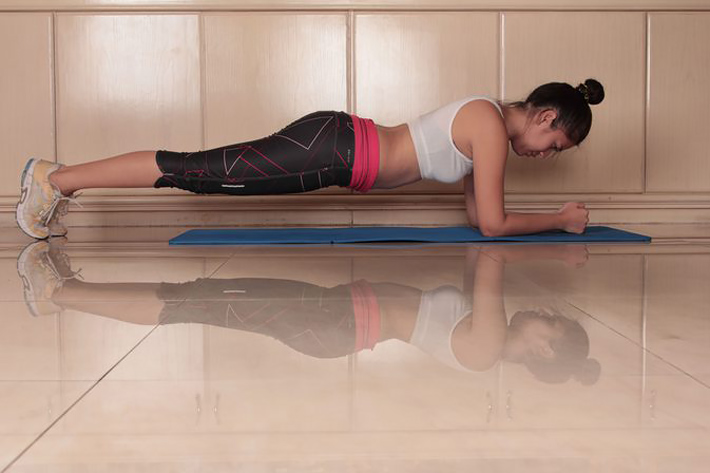
Photo Credit Chris Zainal/Demand Media
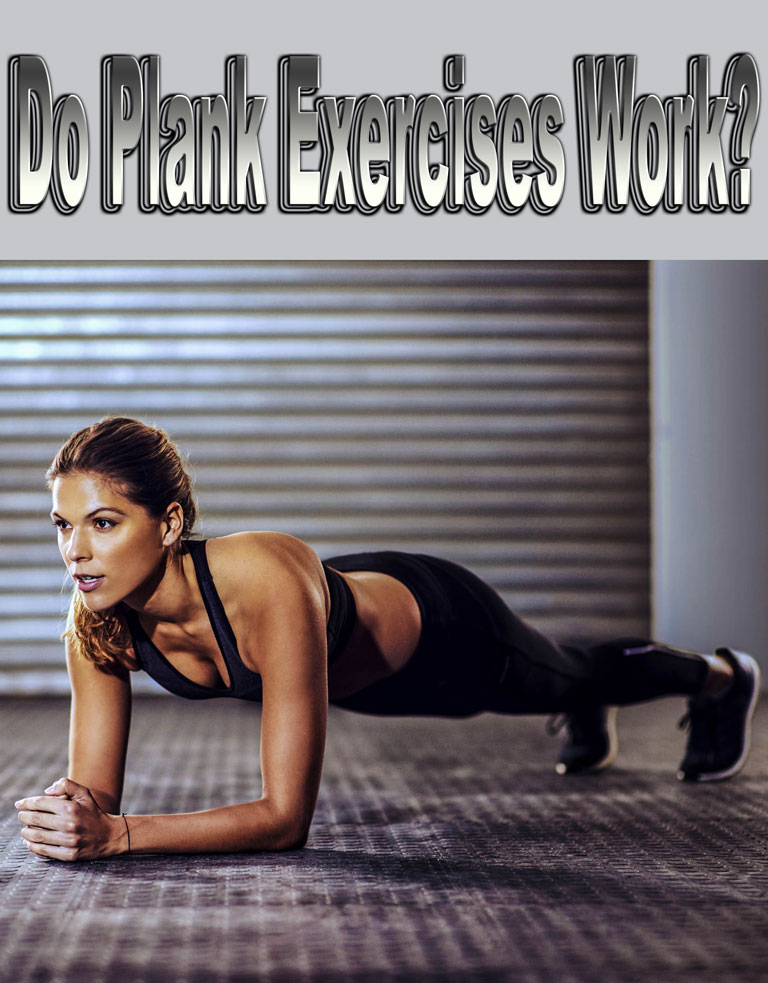

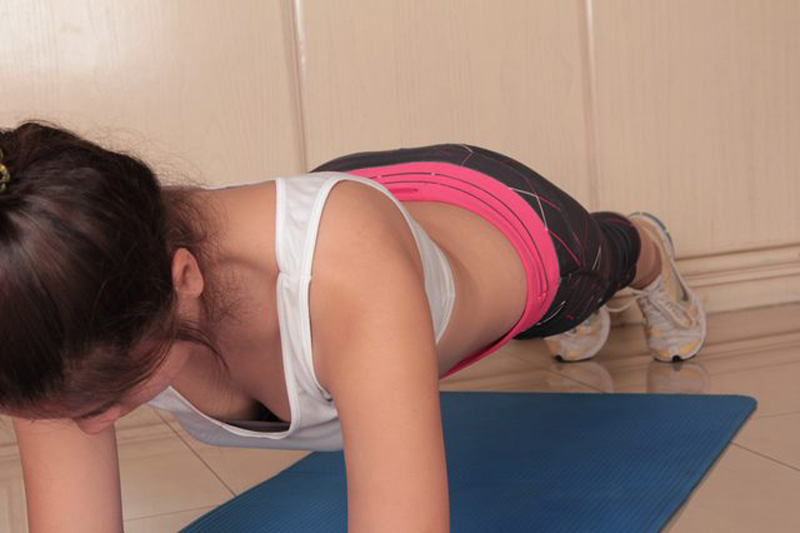
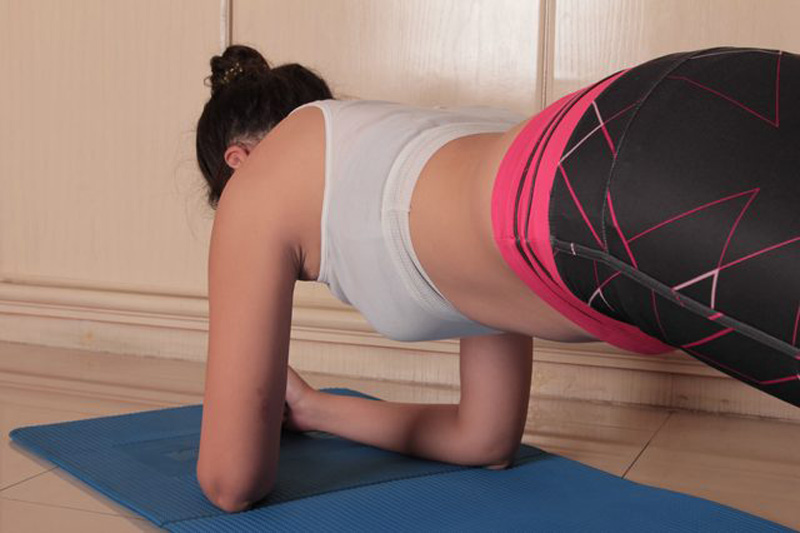
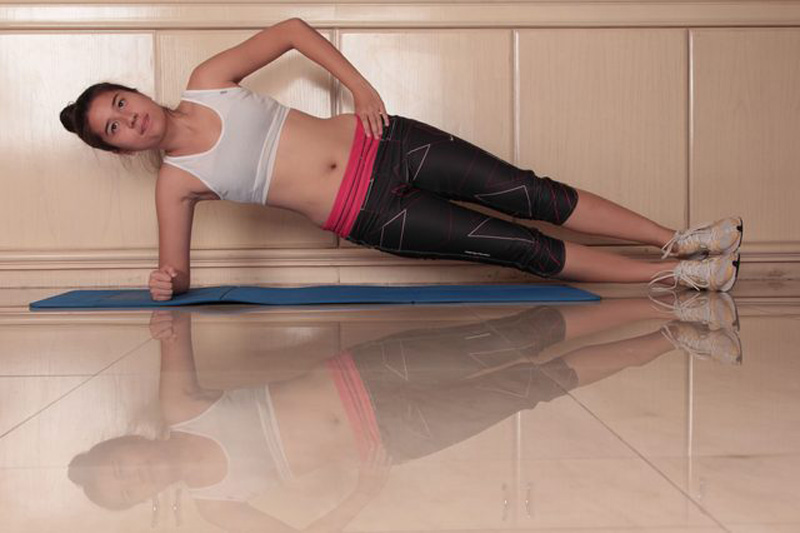
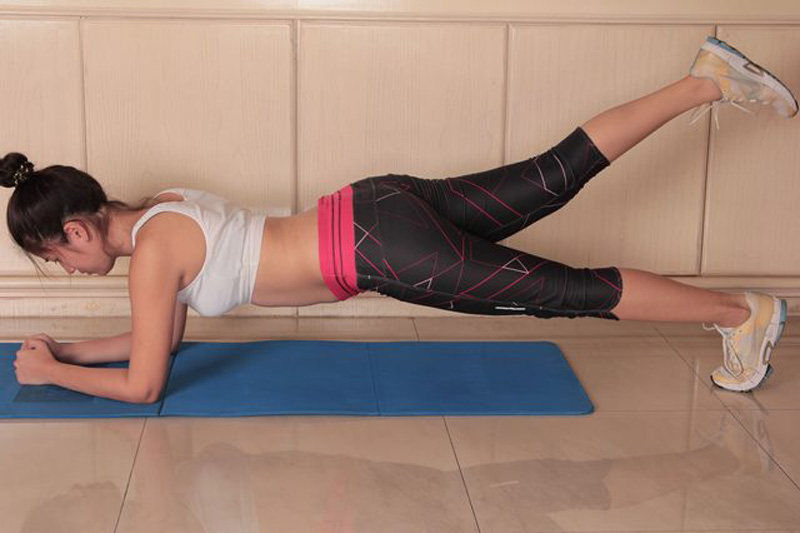



Leave a Reply